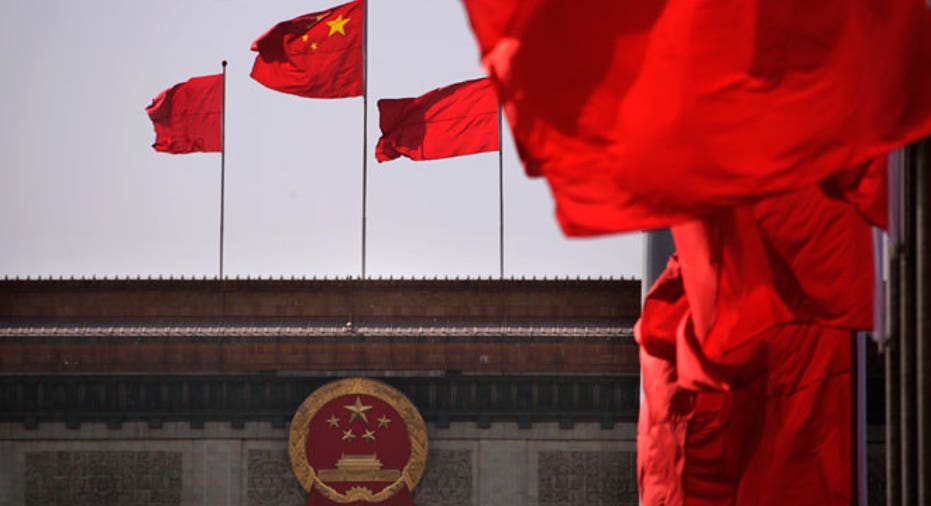2015: A Tough Economic Road for China

The main highway heading southwest from this provincial capital is an underused, four-lane thoroughfare through empty fields, past largely empty residential towers. Billboards along its shoulder advertise developments with names such as "Home Magic Pacific" and "Belle Epoch." Beyond lies a region of bloated state-owned companies and inefficient mines.
This is a snapshot--visible in communities across China--of the world's second-largest economy as it loses altitude after decades of highflying expansion. This year will see tough adjustments as China adapts to what leaders call the new normal of slower growth.
Most countries release economics projections and see how they bear out. China sets annual targets that cadres are expected to meet. In past years, the growth target was met handily. This time, China will likely miss its 2014 benchmark of about 7.5%--the first shortfall since 1998--and is expected to set 2015's target as low as 7.0%, reducing the need for fiscal and monetary stimulus and for browbeating local officials into hitting the mark.
There is general agreement on the economic steps China must take to further improve citizens' lives, maintain sustainable growth and boost its global role. These include shifting from heavy government spending to consumption and services; moving low-end manufacturing into high-end production; and automating and innovating as labor costs rise.
Pulling this off remains a challenge. China's size, social problems and the potential cost to short-term growth raise the stakes for a stability-obsessed leadership concerned that higher unemployment could spark social unrest and threaten its grip on power.
Expect the coming year to bring a continued tug of war between growth and reform in the fiscal and monetary arenas. Beijing's strategy will likely be marked by easier credit and higher spending when the economy slows more than expected, and a more focused, disciplined stance when growth momentum cooperates.
Most indications are that growth will weaken in 2015. Years of unsold inventory in real estate--a sector that accounts for a quarter of gross domestic product when related industries are included--weigh heavily amid weak domestic and global demand.
Weaning the economy from its dependence on government spending will require tough choices as growth slows and past excesses--including overcapacity, ballooning debt and environmental degradation--become more apparent.
President Xi Jinping hasn't delivered on the fundamental change many expected after he unveiled an ambitious reform agenda last year. Now into his third year of China's 10-year leadership cycle, Mr. Xi is under growing pressure to show progress on planned structural overhauls in 2015, before jockeying begins for the next generation of leaders.
The year should also bring into better focus whether Mr. Xi's anticorruption campaign represents a prelude to reform, a time-honored purging of political opponents, or both.
A slower-growth environment will increase pressure on Beijing to address irresponsible local government spending after China's debt exceeded 250% of gross domestic product in 2014. A new budget law taking effect on Jan. 1 sets the stage for provincial governments to issue bonds and for asset-management companies to begin sorting through bad debt.
Don't expect restructuring in China to move quickly, be transparent or abide by international standards. Like much else in a system wed to control and incrementalism, it is ultimately meant to bolster the Communist Party's power. But 2015 could see the skeleton of reform take shape.



















